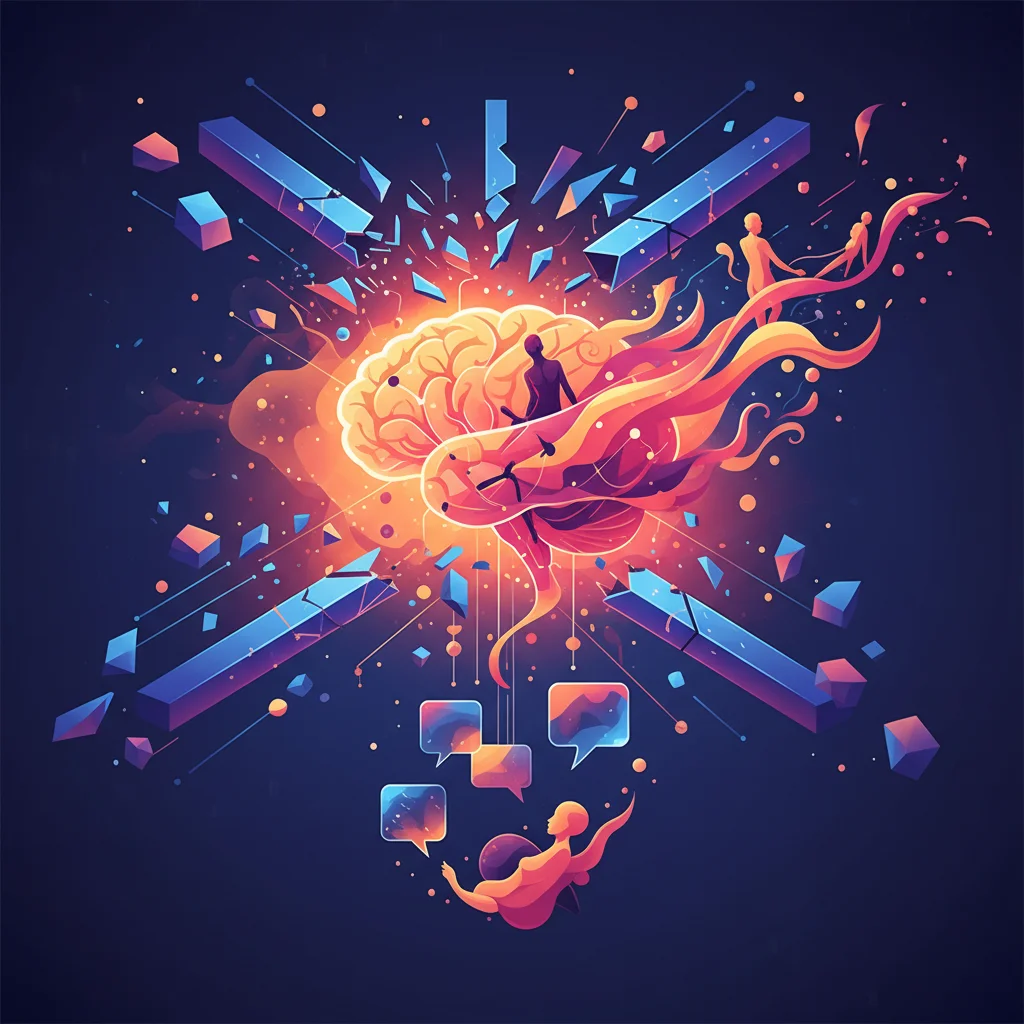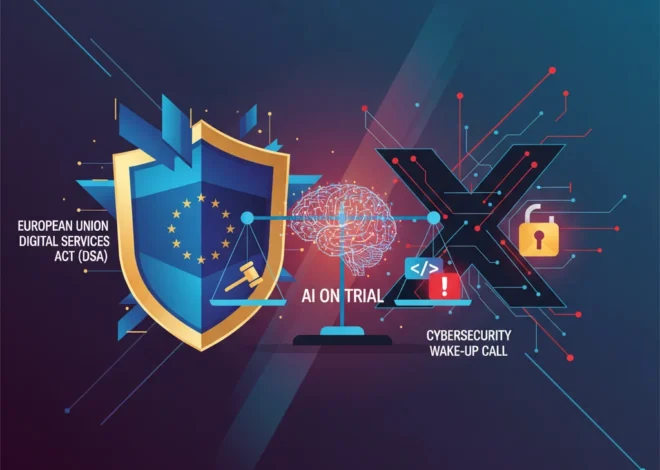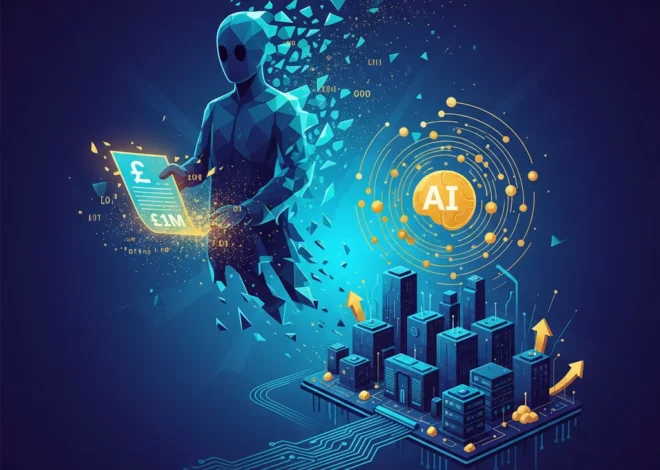
ChatGPT Unchained: Why OpenAI’s New Stance on Erotica is a Defining Moment for AI
In the world of artificial intelligence, we’ve grown accustomed to guardrails. These invisible, algorithmic walls have kept our conversations with large language models (LLMs) polite, productive, and, let’s be honest, a little sterile. But the digital landscape is shifting. In a move that’s sending ripples through the tech community, OpenAI CEO Sam Altman has announced that future versions of ChatGPT will permit the creation of erotic content for verified adult users who explicitly opt-in. This isn’t just a minor policy tweak; it’s a profound statement about the future of human-AI interaction, user autonomy, and the very definition of “safe” AI.
According to a report from the BBC, Altman envisions upcoming models that can behave in a more human-like way, but he stresses this new capability will be entirely user-controlled: “but only if you want it.” This decision cracks open a door that most major AI labs have kept firmly shut, forcing a conversation that developers, startups, and users can no longer ignore. We’re moving beyond AI as a simple productivity tool and into the complex, messy, and deeply human territory of expression, creativity, and intimacy. So, what does this mean for the future of software, innovation, and the AI industry as a whole?
The ‘Why’ Behind the Pivot: A Calculated Leap Beyond Censorship
At first glance, this might seem like a risky or even reckless move. Mainstream AI has been defined by its caution, with developers going to great lengths to prevent their models from generating anything that could be deemed offensive or inappropriate. So why would OpenAI, the poster child for commercial AI, venture into such controversial territory? The reasons are a complex mix of commercial strategy, philosophical principle, and technological ambition.
1. Tapping into Uncharted Commercial Waters
The demand for more expressive and less-restricted AI is undeniable. From creative writers crafting romance novels to developers building immersive gaming experiences and virtual companions, a massive market is waiting for an AI that can understand and generate the full spectrum of human emotion and relationships. By offering this capability, even in a controlled way, OpenAI positions itself to capture a significant segment of the market currently dominated by less-regulated, open-source models. This is a classic SaaS (Software as a Service) play: identify a user need that incumbents are afraid to serve and provide a robust, scalable solution.
2. A Stand for User Autonomy
The “one-size-fits-all” approach to AI safety has been a point of contention. Critics argue that overly restrictive models treat all users like children, stifling creativity and imposing a narrow set of values on a global user base. OpenAI’s opt-in model is a direct response to this critique. It shifts the paradigm from corporate paternalism to individual responsibility, empowering adults to define their own interaction boundaries. This aligns with a growing movement in tech that champions user agency over centralized control, a key theme for many disruptive startups.
3. The Pursuit of Truly ‘Human-Like’ AI
From a pure machine learning perspective, building a truly intelligent and versatile AI requires it to comprehend all facets of human experience. Intimacy, romance, and relationships are central to our art, literature, and culture. By walling off these topics, developers are arguably limiting their models’ potential for genuine understanding and creativity. This move signals that OpenAI’s long-term goal isn’t just to build a better search engine, but to create a technology capable of nuanced, sophisticated, and genuinely human-like interaction. This is a fundamental step in AI innovation.
The Gauntlet of Implementation: Technical and Ethical Hurdles
Announcing this policy is one thing; implementing it safely and effectively is another entirely. OpenAI is stepping into a minefield of technical, ethical, and logistical challenges that have no easy answers.
The Age Verification Conundrum
The entire policy hinges on one critical component: reliable age verification. But as anyone in the cybersecurity field knows, this is one of the internet’s most persistent problems. How do you verify that a user is an adult without creating a privacy nightmare? Potential methods include:
- ID Verification: Requiring users to upload government-issued IDs is effective but creates a honey pot of sensitive data, raising significant privacy and security concerns.
– Third-Party Services: Partnering with digital identity providers could offload the risk, but introduces dependencies and potential costs.
– Payment Information: Using credit card data is a common proxy for age, but it’s far from foolproof and excludes many potential users.
The challenge, as highlighted by organizations like the Electronic Frontier Foundation (EFF), is that robust age verification systems can threaten anonymity and free speech online. Finding the right balance will be a monumental task in software and security engineering.
Drawing the Line in the Algorithmic Sand
There is a vast and blurry line between “erotica” and content that is harmful, non-consensual, or illegal. Training an AI to navigate this distinction with perfect accuracy is an immense challenge. It requires sophisticated content moderation systems that can understand context, nuance, and intent—a task that even human moderators struggle with. The risk of the model being exploited to create deeply harmful material is real, and the automation of these safety filters must be nearly flawless to prevent misuse.
What This Means for Developers, Entrepreneurs, and the AI Industry
This policy shift isn’t just an abstract debate; it has tangible consequences for anyone building with or using AI. It unlocks new possibilities while introducing new responsibilities.
To better understand the implications, let’s break down the potential upsides and downsides of this new direction for artificial intelligence.
| Potential Benefits | Potential Risks & Drawbacks |
|---|---|
| New Application Frontiers: Developers can create more sophisticated interactive storytelling, realistic NPCs in games, and personalized AI companions. | Increased Platform Risk: Startups building on the API will face stricter compliance and moderation burdens, and could be de-platformed for misuse. |
| Enhanced Creative Freedom: Writers and artists can use AI as a tool for a wider range of genres and themes without fear of being blocked. | Ethical and Brand Safety Concerns: Companies integrating this technology must navigate potential brand damage and ethical dilemmas associated with adult content. |
| Competitive Edge for OpenAI: Attracts developers and users who are currently using less-capable or less-safe uncensored open-source models. | Regulatory Scrutiny: This move will undoubtedly attract attention from lawmakers and regulators worldwide, potentially leading to new restrictions on AI development. |
| More Nuanced AI Models: Pushing the boundaries of content generation could lead to more sophisticated and context-aware machine learning models overall. | Security & Exploitation: The potential for the system to be used to generate abusive or non-consensual content remains a significant cybersecurity threat. |
For those in the programming and development world, this means a more powerful but also more complex API. The need for robust content filtering and user verification on the application side will become paramount. For entrepreneurs, it opens the door to new ventures in the creator economy, personalized entertainment, and digital wellness, but these opportunities come with significant ethical baggage.
The Bigger Picture: AI, Digital Intimacy, and the Future
OpenAI’s decision is part of a much larger trend. As AI becomes more integrated into our daily lives, we are increasingly forming complex, sometimes intimate, relationships with it. The market for AI companions is already a multi-billion dollar industry, as reporting from Reuters highlights, demonstrating a clear human desire for digital connection. This move legitimizes that space, bringing it out of the shadows and into the mainstream developer ecosystem.
This forces us to confront difficult questions. What are the psychological impacts of forming deep connections with an AI? How do we ensure these systems promote healthy relationship models rather than reinforcing harmful stereotypes? And as AI-generated content becomes indistinguishable from human-created content, how do we maintain a shared sense of reality and trust?
This is more than a technical update; it’s a cultural one. It challenges our perceptions of what AI is for. Is it a tool, a companion, a creative partner, or something else entirely? By allowing for the generation of erotica, OpenAI is implicitly stating that it can be all of these things, depending on what the user wants.
Conclusion: A New Chapter for Artificial Intelligence
OpenAI’s decision to allow opt-in adult content on ChatGPT is a watershed moment. It represents a bold step away from the sanitized, risk-averse approach that has defined the first wave of generative AI. This is a deliberate move towards a future where AI is a more versatile, personal, and expressive tool, but it’s a future fraught with challenges. The success of this initiative will depend entirely on the strength of its safety and verification systems.
For developers, entrepreneurs, and tech professionals, this is a clear signal: the training wheels are coming off. The next generation of AI-powered software and cloud services will be more capable but will also demand a higher level of responsibility from those who build them. Whether this marks the moment AI truly “grows up” or opens a Pandora’s box of unforeseen problems remains to be seen. Either way, the conversation has fundamentally changed, and the age of overly polite AI is coming to an end.


